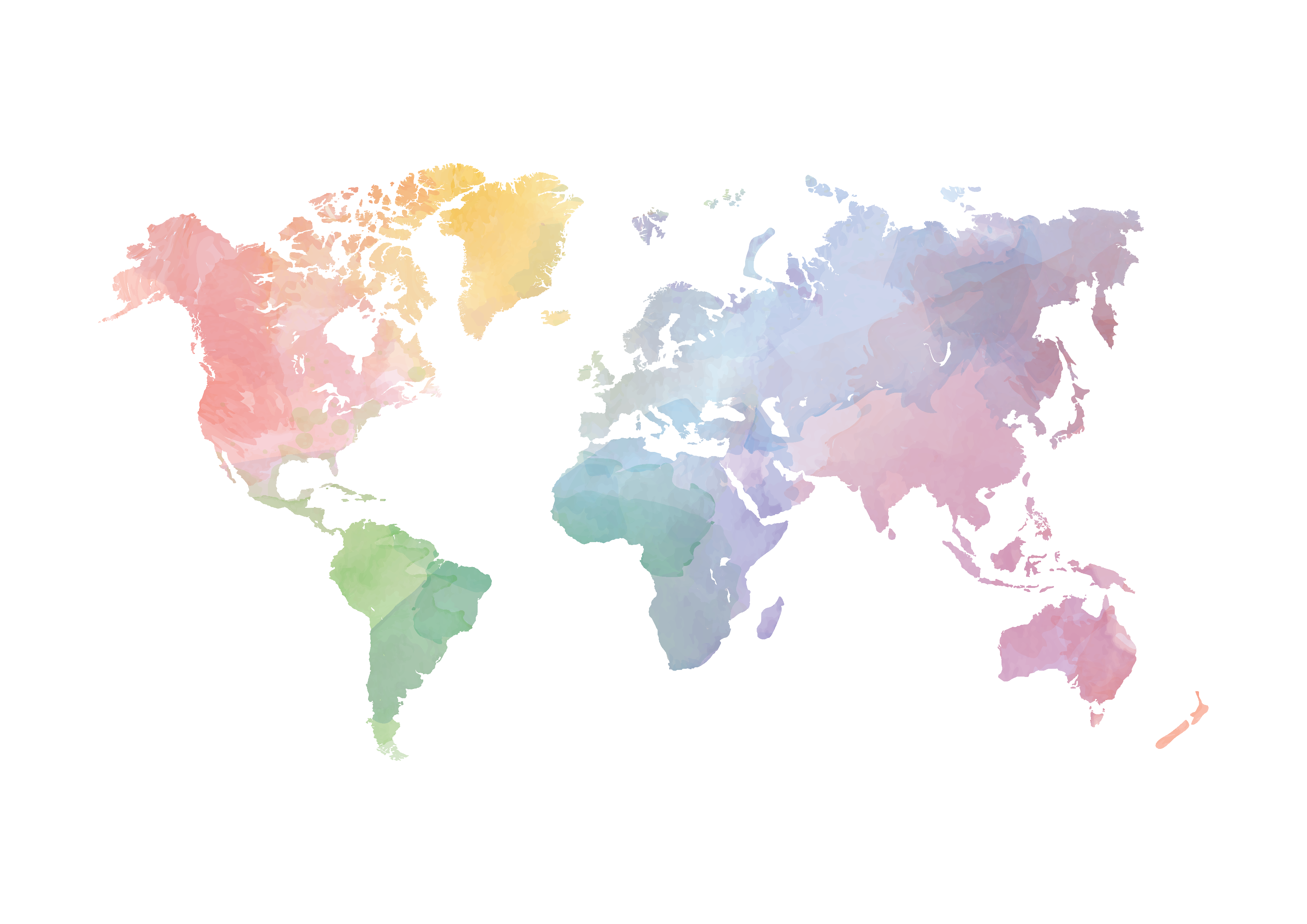
Countries in Need of Nurses
The countries that need nurses the most include developing countries as well as developed countries that lack the resources to educate and employ the number of nurses they need. One of the greatest dangers facing worldwide public health is the global shortage.
It is estimated that there is a shortfall of over 2.8 million nurses worldwide, with a majority of the shortage occurring in the United States and other developed countries. Around the world, the shortage is due to a combination of factors, including an aging population, a decrease in nursing school graduates, and an increasing demand for nursing services. As a result, many healthcare facilities are understaffed and are unable to provide adequate care to their patients.
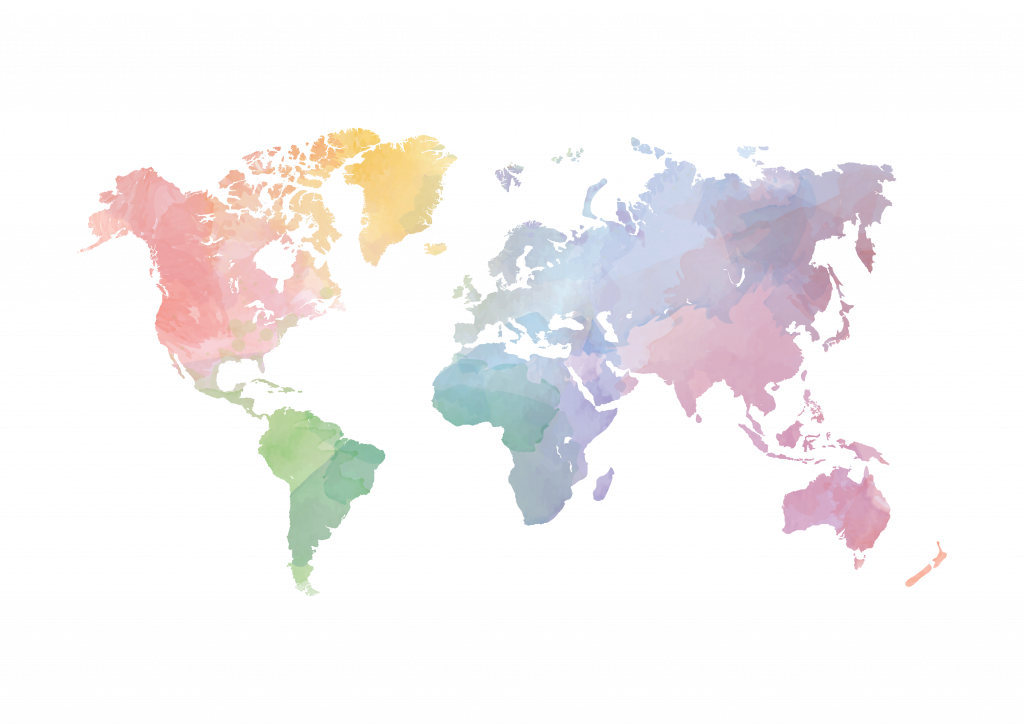
Solving the Global Nursing Shortage
In the US, we tend to think of nursing education as an opportunity for personal betterment, professionally and financially. But nursing education has a much wider impact. The choice of specialization, for instance, is not just a matter of personal preference. It can be part of meeting a worldwide need. Some of the most crucial areas of specialty needed in the rest of the world are:
- Pediatric Nurses
- Nurse Midwives
- Rural Health Nurses
- Public Health Nurses
Our information about the the number of register nurses in the countries listed below comes from the World Health Organization (WHO).
Central & North America
1. Haiti
It is one of the poorest countries in the world and one of the most in need of nurses. Statistically, Haiti has barely one percent of the nurses per population that the United States does. With a long history of internal political instability, as well as outside intervention. It is also a prime location for natural disasters, especially hurricanes, and earthquakes. Hurricane Matthew, in 2016, seemed set to finish what the 2010 earthquake started, including setting off a crippling cholera epidemic.
Nurses Per 10,000: 4 (WHO)
2. Jamaica
Jamaica is in the Caribbean Sea southeast of Florida, and south of Cuba. It was once a British colony until granting independence in 1962. And Jamaica’s crime and violence rate is very high, especially in the capital city, Kingston. That stability has contributed to Jamaica’s well-being and a nurse-to-population ratio that is more than double that of other countries with a history of British rule. However, Jamaica’s healthcare system has lost a significant number of nurses to more developed and higher-paying countries that recruit Jamaica’s English-speaking nurses.
Nurses Per 10,000: 10 (WHO)
3. Nicaragua
Bordering the much more prosperous Costa Rica on the south, Nicaragua is the poorest country in Central America. Its healthcare system, or more accurately, the lack of health care, continues to be a concern. Communicable diseases are on the rise, although immunization for childhood diseases is adequate. Maternal and perinatal deaths are too high, and the disparity of health care provision is a major concern for those responding. As recently as the year 2000 the number of nurses was less than one-seventh of the minimal WHO requirement.
Nurses Per 10,000: 15 (WHO)
4. Dominican Republic
Since the same 2010 earthquake that decimated Haiti and Hurricane Matthew, which caused widespread destruction to both Haiti and the DR, refugees from Haiti have contributed to overpopulation. Healthcare has been slow to progress in the Dominican Republic due to decades of political instability, much of it the result of American interventionist policies. Healthcare is also restricted by policies based on a fundamentalist Christian worldview, including strict anti-abortion laws and a growing HIV/AIDS epidemic.
Nurses Per 10,000: 14 (WHO)
5. Costa Rica
Statistically is it not clear why the ratio of nurses to population is still only a third of the minimal expectation. Most of the usual hallmarks of healthcare disparity – poverty, lack of education, repressive government, and political instability – are not significant issues. Employed persons have guaranteed health care provision and the population is generally very healthy; in fact, “medical tourism” is common because of the care provided, lower costs, and proximity to more developed countries. However, Costa Rica shares a significant shortage of healthcare professionals considering its economic strength.
Nurses Per 10,000: 32 (WHO)
6. Canada
The shortage of nurses in Canada is a growing problem that has been ongoing for the past decade. In Canada, the demand for nurses is increasing while the supply of nurses is decreasing. This shortage is due to a number of factors, including an aging workforce, a lack of qualified applicants, and a lack of nursing education programs. The Canadian government has numerous initiatives, such as increasing funding for nursing education programs and offering incentives to encourage more people to enter the nursing profession. Additionally, strategies to recruit and retain nurses include more flexible working hours and competitive wages.
The Canadian Nurses Association reports the median annual salary for a registered nurse in Canada is around $80,000.
Nurses Per 10,000: 100 (WHO)
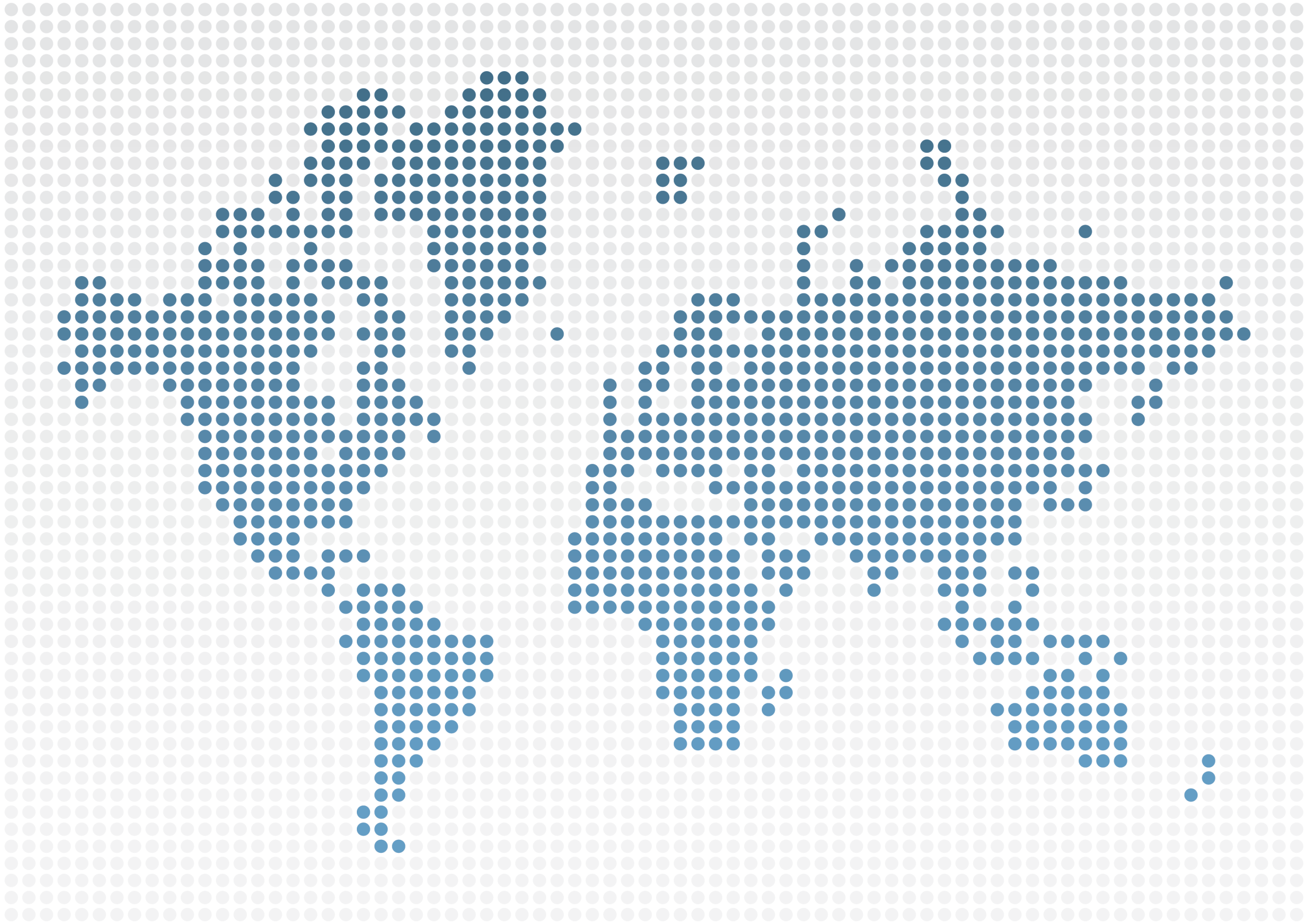
South America
7. Chile
Located on the western side of the southern cone of South America, Chile has more economic and political potential than nearly any other nation on the continent. However, as recently as a decade and a half ago, the nurse population ratio was a mere one-fourth of the WHO recommendation. Ironically, the disparity is caused in part because Chile’s strong educational opportunities mean that health care professionals have been lured away to careers with even higher incomes.
Nurses Per 10,000: 46 (WHO)
8. Columbia
As Colombia’s economy has improved, health provision has been treated as a priority, and life expectancy reached 79 in 2012. This is amazing given that in 2000 the nurse/population ratio was a meager 5.5/10,000. The most recent figures show a slight increase to 6.6/10,000. Because of the quality of health care and proximity to higher-priced countries, health tourism also attracts business.
Nurses Per 10,000: 14 (WHO)
9. Bolivia
An internet search for information regarding nurses and nursing care in Bolivia results in half a dozen or more “volunteer openings” for nurses ready to travel to Bolivia. Statistically, the number of nurses in Bolivia has actually decreased in the past decade. Perhaps this is why international aid organizations are seeking to find volunteer nurses to provide care that otherwise would not be provided.
Nurses Per 10,000: 16 (WHO)
10. Paraguay
Healthcare provision has improved as more and more professional healthcare workers are required to do internships in high demand areas that lack medical care. Paraguay has two official languages: Spanish and Guarani. The latter is spoken much more frequently than Spanish in rural areas, but basic health care and educational resources can be provided in Spanish.
Nurses Per 10,000: 90 (WHO)
11. Peru
Recent figures on healthcare show Peru ratio of nurses to population is still only a fraction of the WHO recommendation. Although recently Peru has had one of the fastest-growing economies on a worldwide scale. But poverty continues to be a harsh reality, particularly in the mountain regions and among the indigenous people.
Nurses Per 10,000: 26 (WHO)
12. Argentina
Healthcare in Argentina has improved dramatically in the last two decades, alongside Argentina’s economy. Agricultural and mineral resources, plus growing industrial strength provide the means for education and a highly literate population with science and technology thriving as well. Both private and public healthcare systems have reduced infant mortality rates very significantly in the past half-century.
Nurses Per 10,000: 52 (WHO)
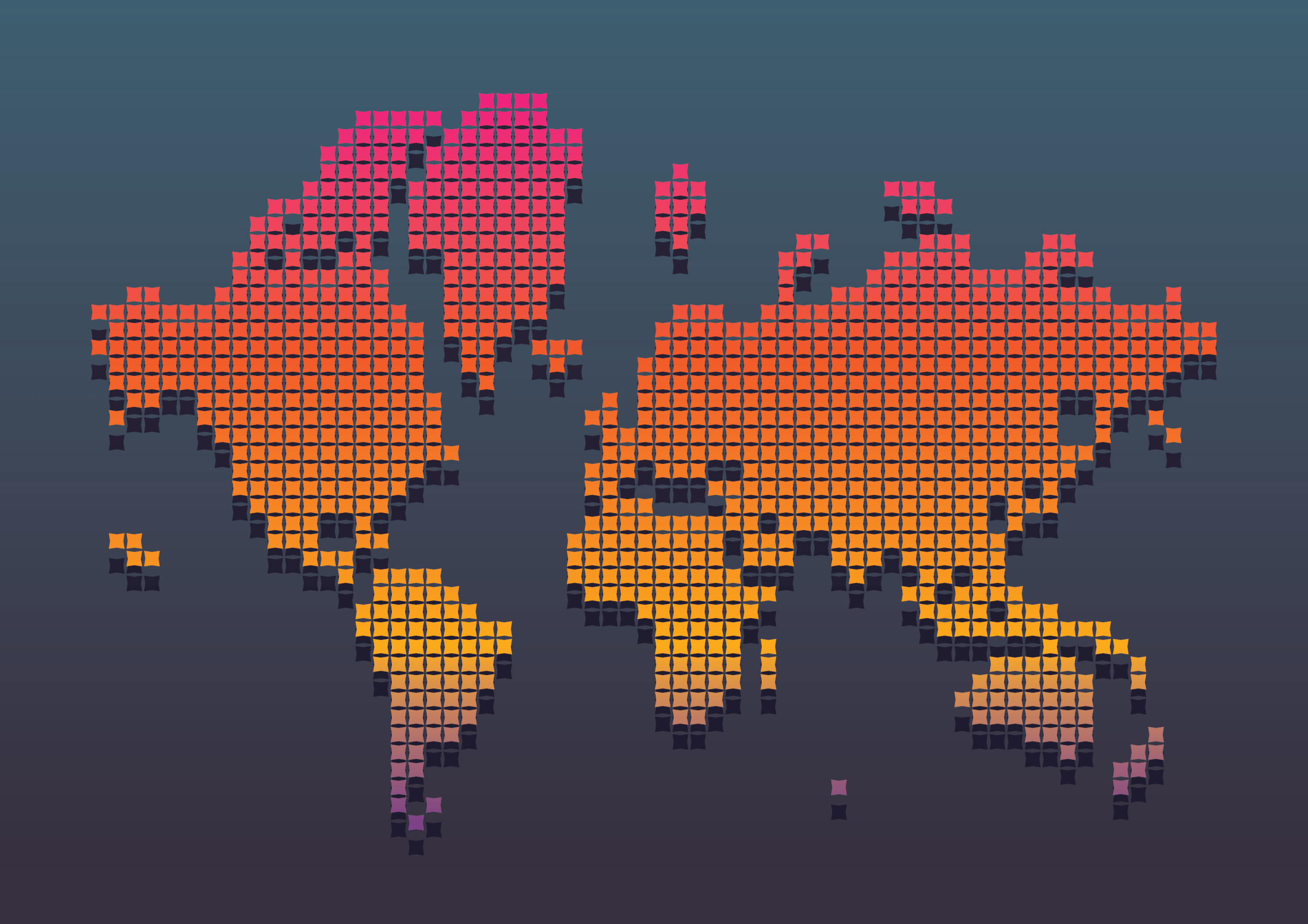
Africa Region
13. Central African Republic
The Central African Republic is located in the heart of Africa, far from any oceans. Health provision is very limited, and the ratio of nurses to the population has actually decreased in the past ten years. As in other poor countries, the infrastructure does not readily permit communication or access throughout the country. Recent figures report about 2.5 nurses/10,000 population, but only 1 doctor/20,000 population.
Nurses Per 10,000: 2.5 (WHO)
14. Democratic Republic of the Congo
Located in the heart of the African continent, and one of the most wealthy countries in the world in regard to natural resources. And the DRC’s history of being exploited by external powers, and then in turn exploiting its own people, seems somehow closely related to its going tragedies. Healthcare is extremely deficient and the DRC has the second-highest worldwide infant mortality rate.
Nurses Per 10,000: 11 (WHO)
15. Madagascar
Madagascar is an island nation off the east coast of Africa. Healthcare is very limited, but has improved with the use of childhood immunizations. Still, access to care is inadequate. The vast majority of the people of Madagascar continue to trust in folk medicine over modern science. In response, organizations like the WHO are working with traditional healers to expand healthcare in rural regions. But with a diverse population, and no central focus on health, many persons do not have basic healthcare.
Nurses Per 10,000: 2.9 (WHO)
16. Ethiopia
Located in the horn of northeast Africa, Ethiopia has the highest population of any landlocked country in the world. Improper sanitation and contaminated water supplies make for a very high infant mortality rate, and high incidence of communicable disease. The nurse population ratio is about 7.5/10,000. English is widely spoken and understood which makes it easier for foreign nurses nurses and other healthcare workers to work in the country.
Nurses Per 10,000: 7.5 (WHO)
17. Sierra Leone
Along with several other West African countries with a coastline on the Atlantic Ocean, Sierra Leone suffers from significant health disparities. The nurse population ratio has decreased in recent years and is currently less than one-eighth of the minimum suggested by the World Health Organization. English is the official language. As might be expected from the severe shortage of nurses, infant mortality is among the highest in the world. Communicable diseases abound, including HIV/AIDS and the Ebola virus.
Nurses Per 10,000: 1 (WHO)
18. Ivory Coast
Healthcare varies widely in the Ivory Coast due to large disparities in wealth. A decade ago, the average life expectancy for both men and women was less than 50 years. Infant mortality is also very high. The ratio of 7/10,000 registered nurses has increased slightly in the past years. Although the actual number has decreased due to migration for improved financial benefits in more developed countries.
Nurses Per 10,000: 7 (WHO)
19. Uganda
Uganda’s healthcare system has severe inequalities, mirroring the inequalities in the society at large. Life expectancy is just over 50 years; infant mortality is high. Unfortunately, the only other public health concern showing significant improvement is the HIV/AIDS infection rate which has dropped significantly in the past three decades. Healthcare is still not an option for many rural Ugandans, and the nurse/population ratio is less than a third of the WHO minimal suggestion.
Nurses Per 10,000: 17 (WHO)
20. Zambia
Located in central Africa, Zambia is one of the more stable countries in the region, and several years ago was named one of the fastest-growing economies in the world. The combination of British education and diminished employment opportunities in Zambia has led to a widespread brain drain. In the healthcare system the decrease is due to recruitment from more developed English-speaking countries.
Nurses Per 10,000: 18 (WHO)
21. Liberia
Healthcare is limited in Liberia, due especially to the destruction of nearly all healthcare facilities during civil wars. Agriculture is the foundation of Liberia’s economy, but this was limited until recently. Consequently, Liberia is one of the poorest countries in the world. Figures vary but some reports cite less than a tenth of the minimal required health workers. The challenges to health and a longer life are numerous. Fortunately, there are international aid organizations that are eager to recruit persons willing to provide long and short-term engagement in the health and well-being of Liberians.
Nurses Per 10,000: 19 (WHO)
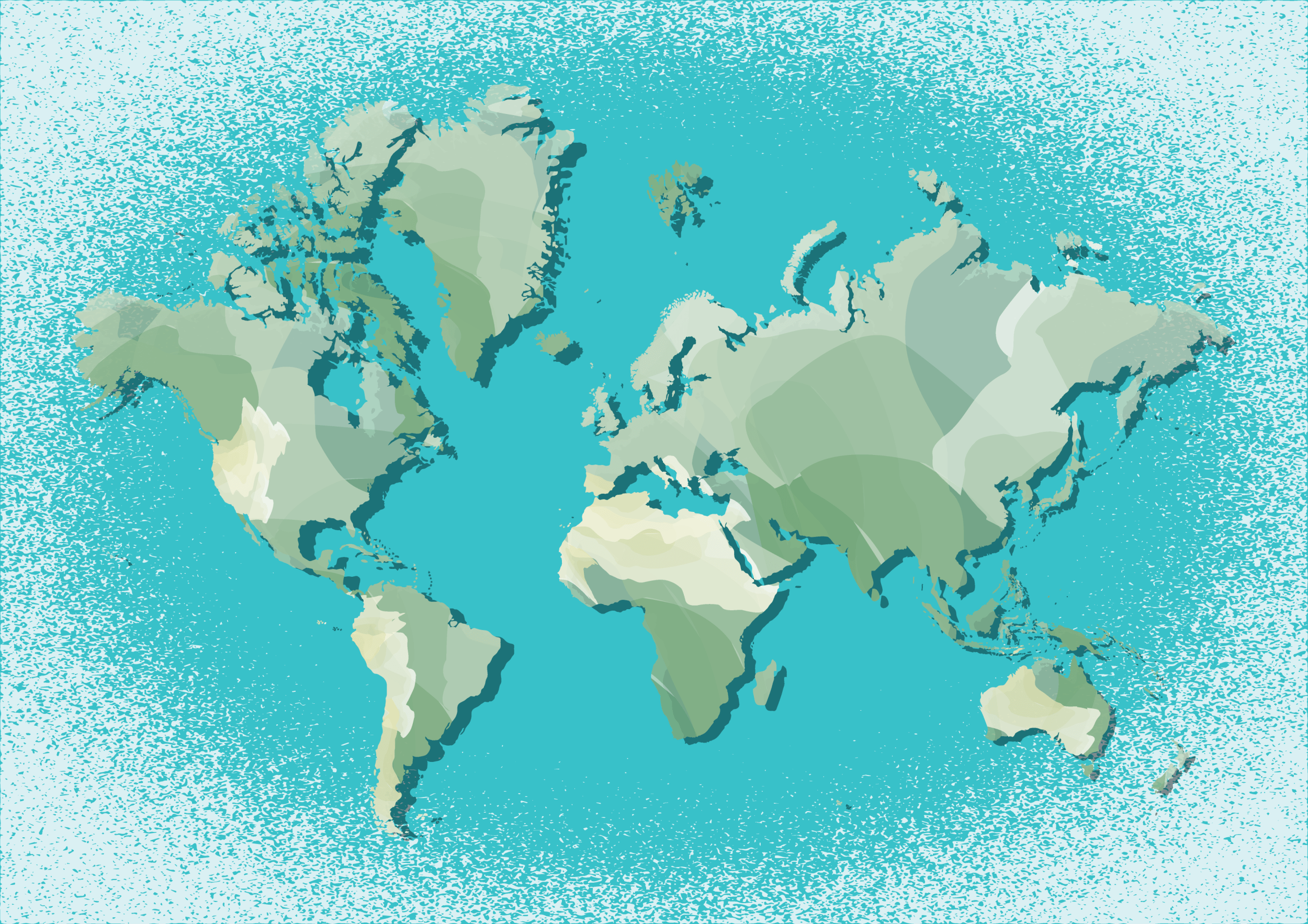
Southeast Asia Area
22. Bangladesh
Bangladesh’s healthcare is a low priority and the state of health of many Bengals is precarious. Most healthcare and medical professionals have poor training with minimal attention paid to the provision of healthcare generally. The nurse-to-population ratio continues very low and is far from the minimal requirement as per WHO.
Nurses Per 10,000: 6 (WHO)
23. Indonesia
Indonesia is a long chain of about fifteen thousand islands! With a population of hundreds of millions, spread across thousands of islands, providing education and health services is a challenge. Healthcare is available at all levels, but the ratio of health workers to population is still far below the minimum suggested.
Nurses Per 10,000: 11 (WHO)
24. Timor Leste
Timor Leste is one of the poorest countries in the world. It has an underdeveloped healthcare system and nurses are greatly needed in the country. In order to further improve the nursing profession in Timor Leste, the government needs to invest more in healthcare and training for nurses and provide incentives for nurses to work in the country.
Nurses Per 10,000: 16.5 (WHO)
25. Bhutan
Tucked between China and India, Bhutan has less than 750,000 inhabitants. According to some indicators, it is the happiest nation in Asia. Healthcare in Bhutan is significantly limited, as evidenced by the limited life expectancy of only about 60 years. Over the past decade the nurse-to-population ratio has almost doubled, but even so, is less than half of the recommended minimum suggested by the World Health Organization.
Nurses Per 10,000: 22 (WHO)
26. Sri Lanka
Sri Lanka is a country with a long history of nursing and healthcare. Nursing has been an important part of the healthcare system in Sri Lanka since before the 19th century when the first government hospital was established in the country. Sri Lanka has a number of nursing schools and colleges which offer undergraduate, postgraduate, and doctoral programs in nursing. There are also many hospitals and clinics which employ nurses in Sri Lanka. Nurses in Sri Lanka play a vital role in providing healthcare services to the population.
Nurses Per 10,000: 25 (WHO)
27. Nepal
Healthcare in Nepal has historically been limited due to its lack of infrastructure. Diseases due to lack of potable water are common, and often devastating for small children. Other diseases of poverty such as tuberculosis and leprosy are also common. The nurse to population ratio is very low, even when midwives and other healthcare providers are included.
Nurses Per 10,000: 35 (WHO)
28. India
The shortage in India is a major concern and poses a serious challenge to the country’s healthcare system. Moreover, cultural norms often discourage young women from pursuing a career in nursing, leading to an overall lack of interest in the profession. In order to address this issue, the Indian government has implemented various measures, such as increasing the number of nursing schools and offering scholarships to students. Additionally, the government has launched the National Health Mission and the National Health Regulatory Authority to improve the quality of nursing services and attract more nurses to the profession.
Nurses Per 10,000: 16 (WHO)
Western Pacific Area
29. Australia
Estimates from the Australian Nursing and Midwifery Federation (ANMF) predict that Australia needs an additional 35,000 nurses by 2025 to meet the growing demand for healthcare services. The shortage is especially acute in rural and remote areas, where there are fewer nurses and lower availability of nursing and midwifery services. The Australian government has taken steps to address the shortage by investing in nurse training, increasing the number of nursing scholarships, and offering support for nurses in the workplace. In addition, the government has introduced the Nurse and Midwife Support Program, which provides financial support for nurses. Foreign nurses must register with the Nursing and Midwifery Board to work in Australia.
Nurses Per 10,000: 150 (WHO)
30. New Zealand
The shortage in New Zealand is an increasing problem. It is estimated that the country’s healthcare system has a shortage of over 3,000 nurses, and this number is expected to continue growing in the coming years. In recent years, New Zealand has implemented a number of initiatives to address the shortage, such as increasing the number of nursing scholarships and offering incentives for nurses to stay in the profession. The government has also invested in programs to attract international nurses to the country.
Nurses Per 10,000: 117 (WHO)

Europe Area
Because of the global shortage, many European nations need registered nurses and other healthcare workers.
31. United Kingdom (UK)
The United Kingdom (UK) is a sovereign state located off the northwestern coast of continental Europe. It is a constitutional monarchy comprising four countries: England, Wales, Scotland, and Northern Ireland. It is one of the most populated countries in the world with approximately 65 million people. The UK government has taken steps to address the shortage by increasing the number of nursing schools, providing additional funding for nursing research, and introducing incentives for nurses to stay in the profession. In addition, the UK has also introduced measures to attract and retain nurses from overseas, such as the Immigration Health Surcharge and the International Health Surcharge. International nurses who want to work in the UK must register with the Nursing and Midwifery Council.
Nurses Per 10,000: 92 (WHO)
32. Ireland
Ireland has a well-developed healthcare system and provides universal access to healthcare services. However, its healthcare system is facing a shortage due to an aging population and an exodus of nurses to other countries. This shortage was exacerbated by the Covid19 pandemic. In response to the shortage, the Irish government has implemented a range of measures to incentivize nurses to stay in the country and attract new professionals. These include increasing the average salaries, providing financial support for continuing education, and offering flexible work arrangements.
Nurses Per 10,000: 148 (WHO)
33. Denmark
The shortage or workers in healthcare professions in Denmark is due to a number of factors. These include an aging population, a lack of qualified nurses, and a decrease in funding for nursing education. Additionally, Denmark has seen an increase in the number of immigrants who are not eligible to work as nurses due to language barriers and other legal restrictions. In response to these issues, the Danish government has implemented a number of initiatives to attract and retain nurses and other healthcare providers. These initiatives include increasing the average salary and improving working conditions, providing more support for nursing education, and foreign language training. The government is also looking to utilize technology to increase efficiency and improve patient care in the coming years.
Nurses Per 10,000: 105 (WHO)
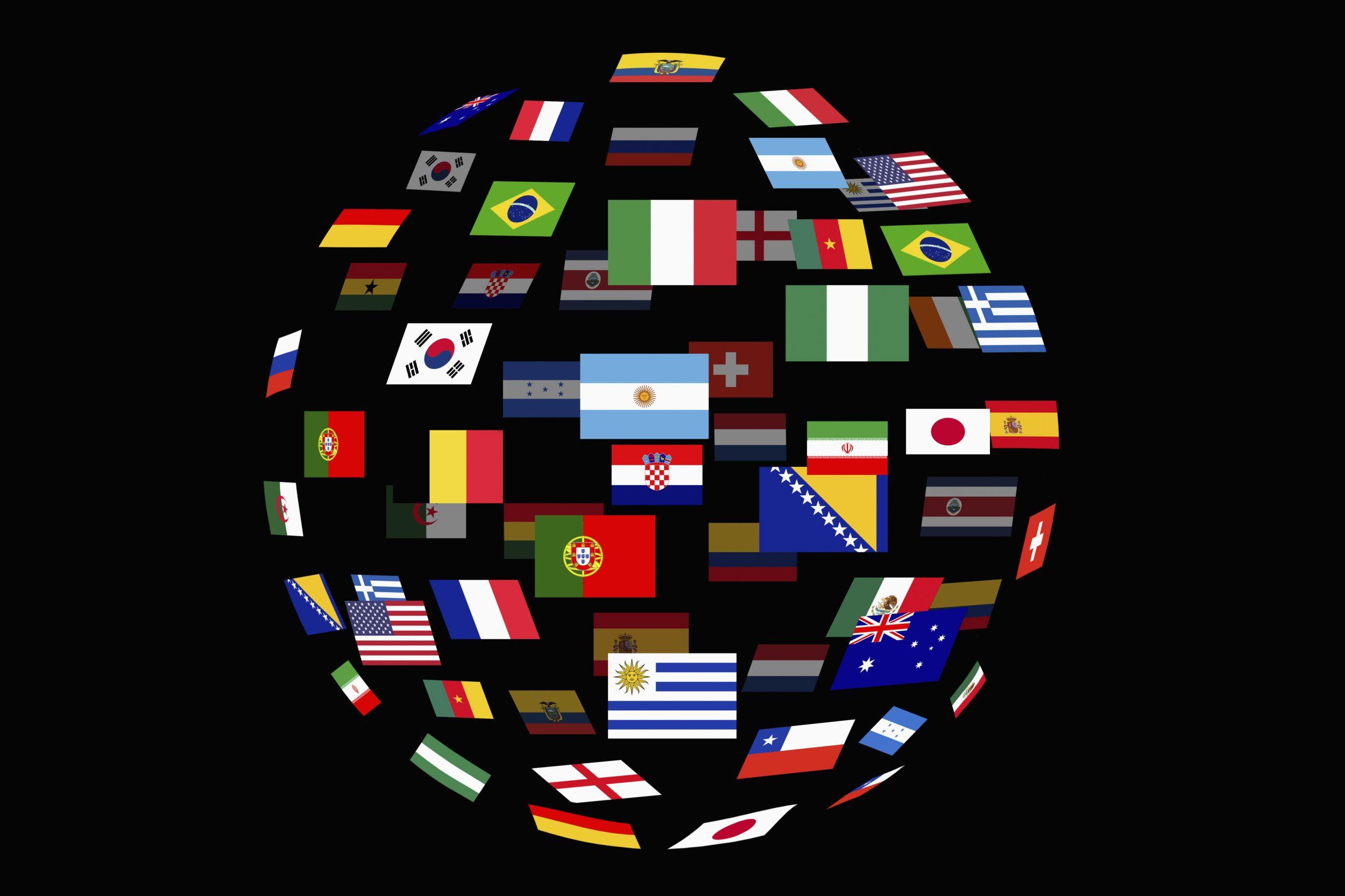
Middle East & Eastern Mediterranean Area
34. United Arab Emirates (UAE)
The United Arab Emirates (UAE) is a country located in the Middle East that is made up of seven emirates, namely Abu Dhabi, Ajman, Dubai, Fujairah, Ras Al Khaimah, Sharjah, and Umm Al Quwain. It is a modern nation with a rapidly growing economy and a population of around 10 million people. However, the UAE is facing an alarming nursing shortage. While the UAE has invested in its healthcare system and has taken a proactive approach to tackling its nursing shortage, the number of nurses in the country is still not enough to meet the demands of its growing population.
Nurses Per 10,000: 62 (WHO)
35. Saudi Arabia
Saudi Arabia is a Middle Eastern country located in the Arabian Peninsula. It is the largest country in the region and the birthplace of Islam. It is known for its vast oil reserves and is a major player in the global economy. The healthcare system in Saudi Arabia is undergoing rapid growth and modernization. However, there is a growing shortage of nurses in the country due to an inadequate number of qualified nurses. This is due to a combination of factors, including a lack of trained personnel and a lack of incentives for nurses to stay in the country.
Nurses Per 10,000: 56 (WHO)
Visa Requirements for Nurses Working Abroad
Nurses who wish to work abroad must follow the work visa requirements of the destination country they intend to travel to. Generally, the requirements for a professional nurse and other healthcare professionals to work abroad vary from country to country. For instance, in some other countries that need nurses, the nurse may need to provide some or all of the below items prior to the work visa application process.
- a valid state practical nursing license or RN license
- an employment offer
- proof of registration with the nursing board in the international destination or credentialing from the countries board of nursing
- a Basic Life Support Certification
- a comprehensive criminal background check or background checks
- pass a language test in the native tongue or local language
- statement of sponsorship from the hospital
Additional requirements for working abroad may include a verified passport, proof of English language proficiency, evidence of degree or diploma, health and physical fitness certificates, and proof of adequate financial means to cover their stay and expenses abroad. The visa application process may also require international applicants to attend an in-person interview and answer interview questions. In some cases, a work permit from the destination country may also be required.
Which Country Needs Nurses the Most?
There is a worldwide shortage of nurses to fill open nursing jobs. It is difficult to say which country needs nurses the most as this varies from region to region and changes over time. Generally, countries with a large population and limited resources may be in greater need of nurses.

What Countries Can a US Nurse Work In?
English speaking nurses and health personnel in other healthcare professions are in demand because of the global shortage. A US nurse can work in a number of countries, depending on the specific qualifications and credentials required. For example, countries such as Australia, Canada, the United Kingdom, and New Zealand all accept US-trained nurses to practice. In some cases, nurses may need to complete additional training or certification before they can practice in a foreign country.
Related Posts:
- Best Residential Accelerated BSN Programs
- Online RN to BSN Programs
- Are Accelerated Online RN to BSN Programs More Affordable?
- Should I Choose an Online or On-Campus Program
- Trauma Nurse vs ER Nurse Job Description
- Top 10 Highest Paying States For Registered Nurses
- 25 Highest-Paying Cities For Nurses
- 20 Best Travel Nursing Agencies
- 10 Best Nursing Schools Columbus Ohio
- Nursing Double Major Options for Students
- Highest Demand Areas for Nursing Shortage By State
- 10 Top Male Nursing Scholarships
- 10 Top Minority Nursing Scholarships
- ABSN vs BSN: How to Choose an Accelerated or Traditional BSN

